
You’ve probably heard this before, but I’ll say it again:
The mobile app market is saturated.
So how can you give your business a leg up over the competition?
One strategy is to expand your audience reach by developing your app for users on multiple platforms, like iOS, Android.
But developing a mobile app for each platform takes time, resources, money.
I take a closer look at the costs that go into developing an app in this video.
You’d have to hire developers to create separate codebases which aren’t sharable and which would require individual maintenance.
So if your company decides to add new features or make updates to your app, you’ll need to update each codebase.
In short, it’s a lot of work.
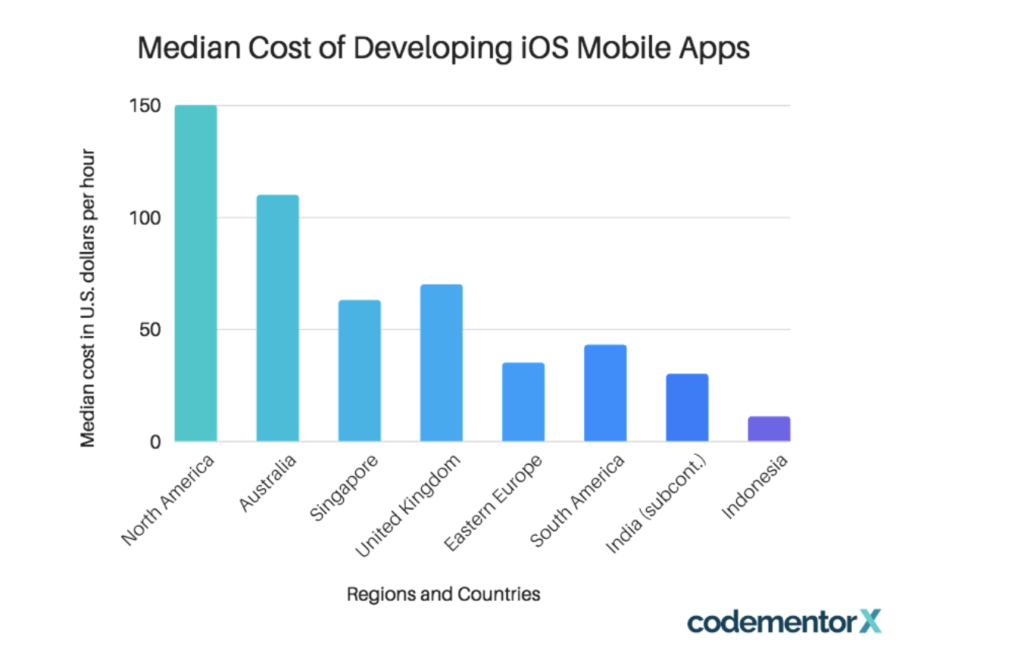
This is where cross platform app development frameworks come into play.
In this article, we’re going to cover everything you need to know about these frameworks and why you might want to consider using one for your mobile app project.

Table of Contents
- What’s a Cross Platform App Development Framework?
- What’s in a Framework?
- The Benefits
- Code Reuse
- Reduce Costs
- Faster Development Time
- Easier Maintenance
- Top Cross Platform Frameworks
- React Native
- Flutter
- Ionic
- Node.js
- Xamarin
- Native vs. Cross Platform
- Increased Performance
- Better Store Support
- Increased Scalability
- More Functionality
- Clean Codebase
- How Important is the Mobile Platform You Use?
Cross platform app frameworks are used to create mobile apps that can run and operate on various platforms but using only one codebase.
These frameworks have a development ecosystem that typically includes pre-built widgets, APIs, CLI tools and more that work to allow for efficient cross platform mobile app development.
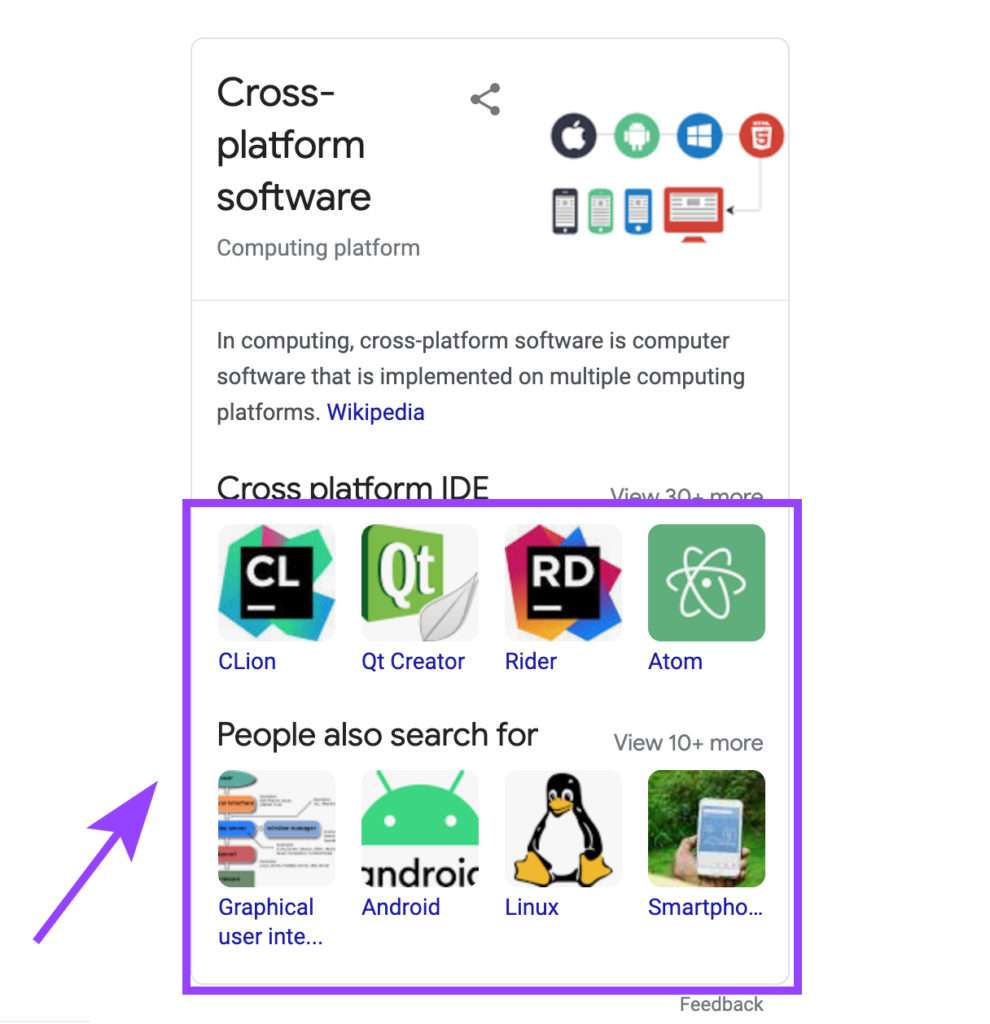
Some are open source and most use different tech stacks. React Native, for example, lets developers create cross platform apps using JavaScript and React as well as native platform capabilities.

1.1 What’s in a Framework?
Here is what you should pay attention to when researching different frameworks:
Performance
How well your app performs is one of the most important factors to consider when looking at different frameworks for cross platform development.
Performance, of course, is influenced by many things, like the code, features, apps, the device, and other variables, but the use of frameworks can often lead to decreased performance compared to a native development approach.
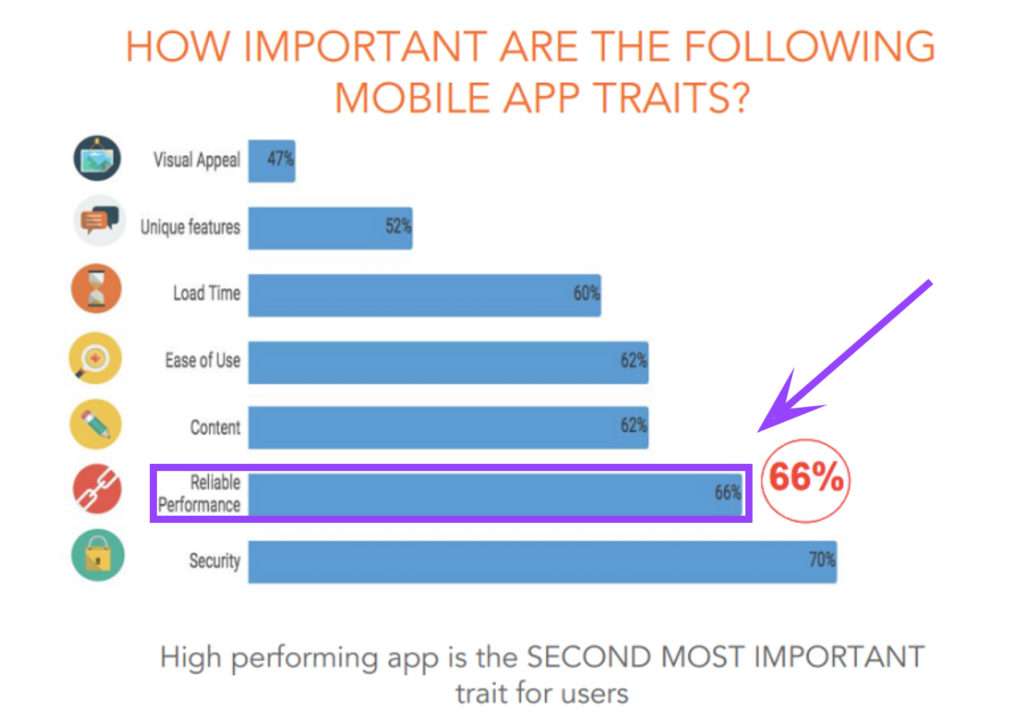
Some frameworks, however, can perform just as well or even better than native which is why it’s important to consider the technical specifications and requirements involved for a cross platform development approach.
PRO TIP:
Look at the tech stack used by a framework you’re interested in.
Look at the features and specs that the framework offers.
Remember, every framework takes a different approach. Think carefully about which would be best suited for your project to ensure your app performs well.
Development Languages
When picking out a framework, you also want to consider what programming language it uses. This is important to consider for a few reasons.
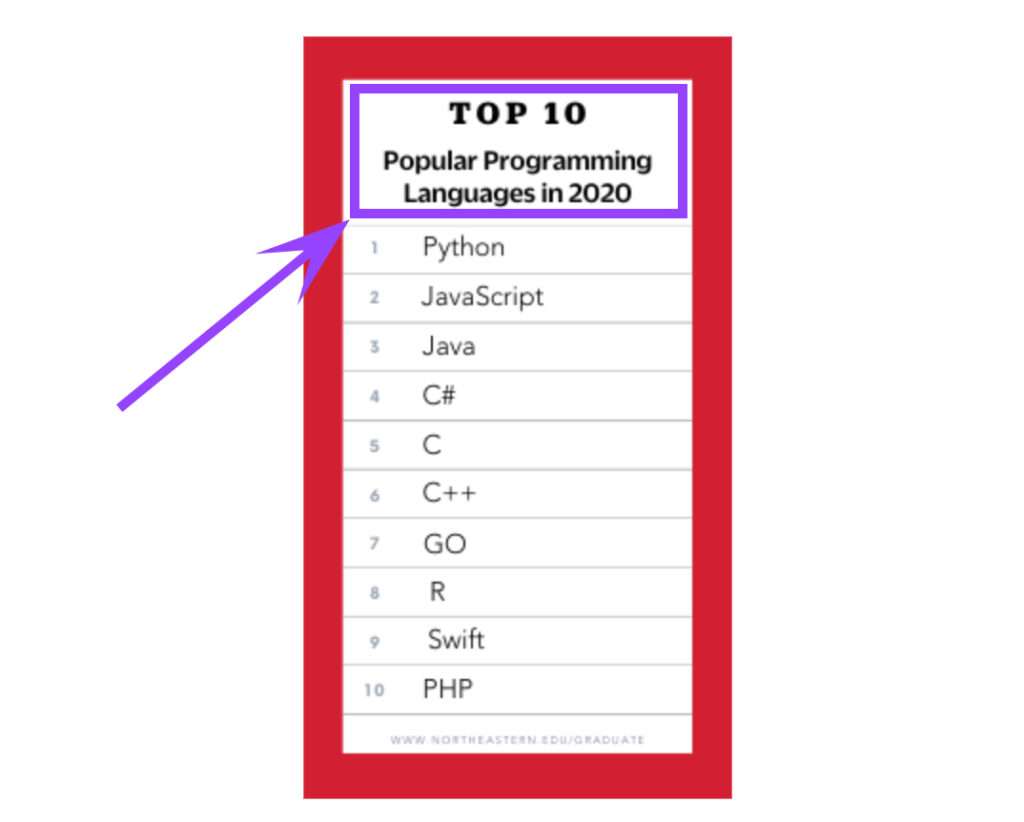
Photo credit: Northeastern.edu
For example, if you’re on a tight budget, you probably want to stick with a framework that uses a popular programming language to ensure you can hire affordable developers.
Popularity
While you never want to pick a framework purely based on how popular it is, picking a more obscure, lesser known framework means less resources and a smaller community that supports it.
A framework with an extensive user base also means it’s probably a framework that creates high-performing mobile apps, otherwise people wouldn’t be using it.
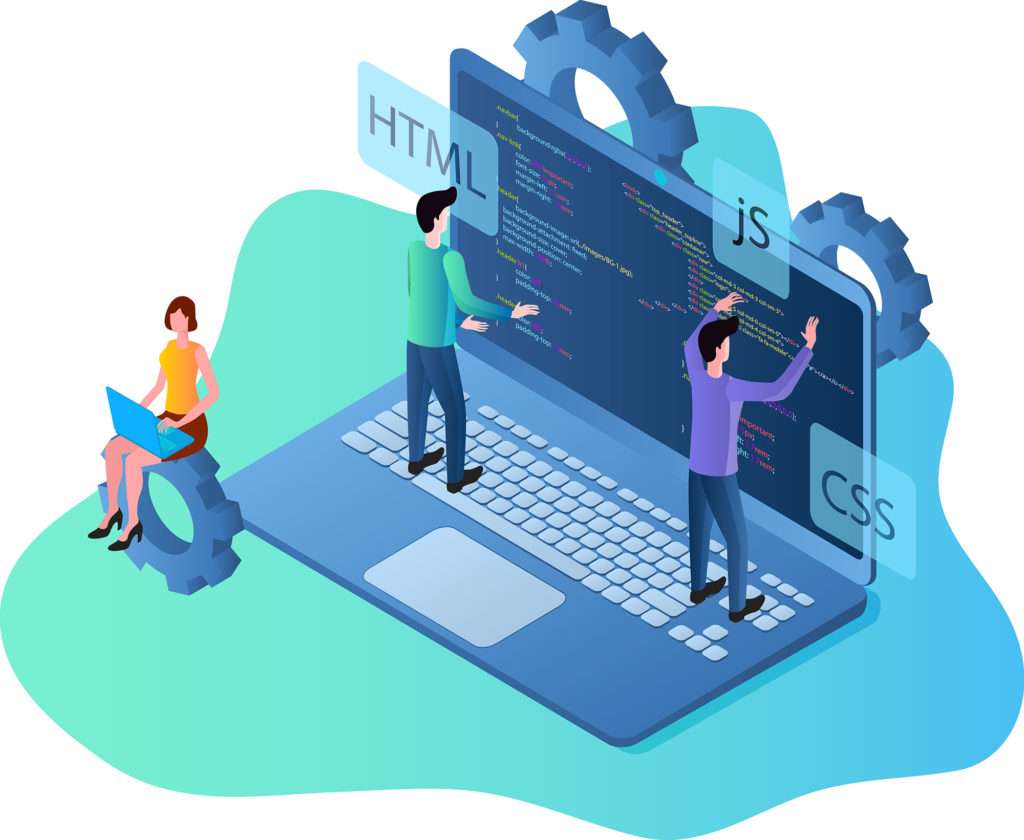
Components
Take time to explore the components a framework uses.
For example, React Native offers pre-built components like text inputs and buttons, along with more advanced components.
Some frameworks will come with widgets or even complete cross platform UI toolkits consisting of native components for multiple platforms.
Code Reusability
How reusable is the code in the framework?
Some frameworks will allow developers to write the code once and use the same code or code logic in multiple places, while others only have some components that are reusable.
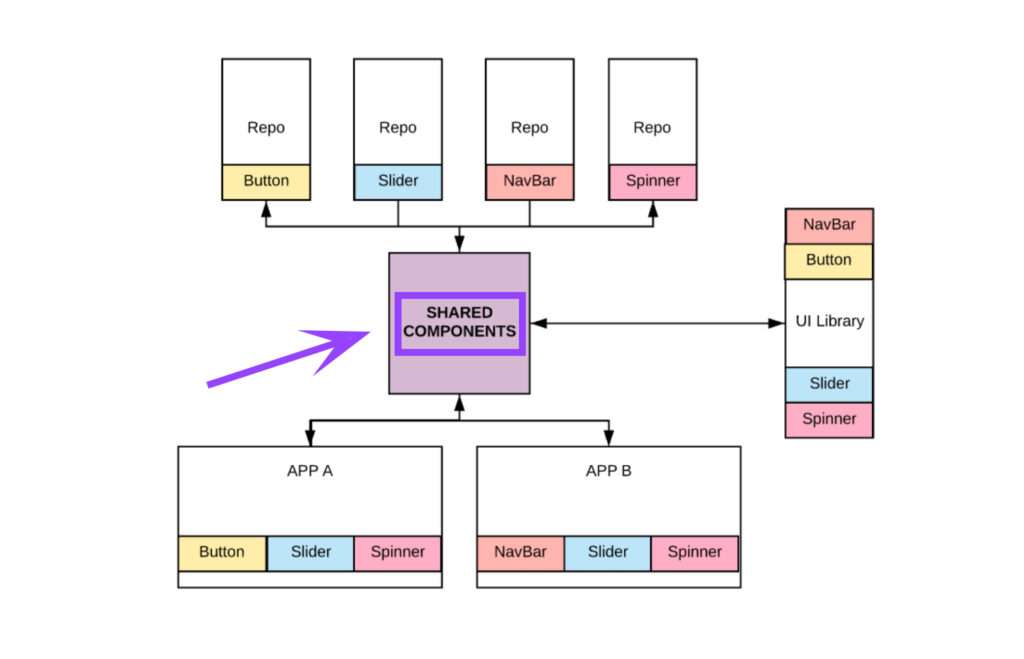
Photo Credit: itnext.io
In short, when looking at different cross platform frameworks, make sure the features meet your particular app’s needs and goals to make the development process more seamless.
Here is what a reusable component might look like in React Native, for example:
You probably already have a gist of what the benefits are to using cross platform app development frameworks, like code reusability, but let’s highlight a few more perks.
2.1 Code Reuse
As mentioned earlier, code reusability is crucial.
In fact, it’s the key benefit of using a cross platform framework and that’s because it reduces the amount of code it normally takes to develop an app on multiple platforms.
Your team of developers can write the code just once and then reuse that same codebase to run your app on other platforms.
2.2 Reduces Costs
One of the major reasons developers opt for cross-platform development is that it costs much less since you’re working with only one codebase for multiple platforms.
Less time developing an app means less costs. Think about the number of hours it would take to write the code for every platform you want your app developed for.
That’s a lot of hours!
You can, of course, choose just one platform to develop your app for, which would keep costs down, or you could go with cross-platform development and use one codebase.
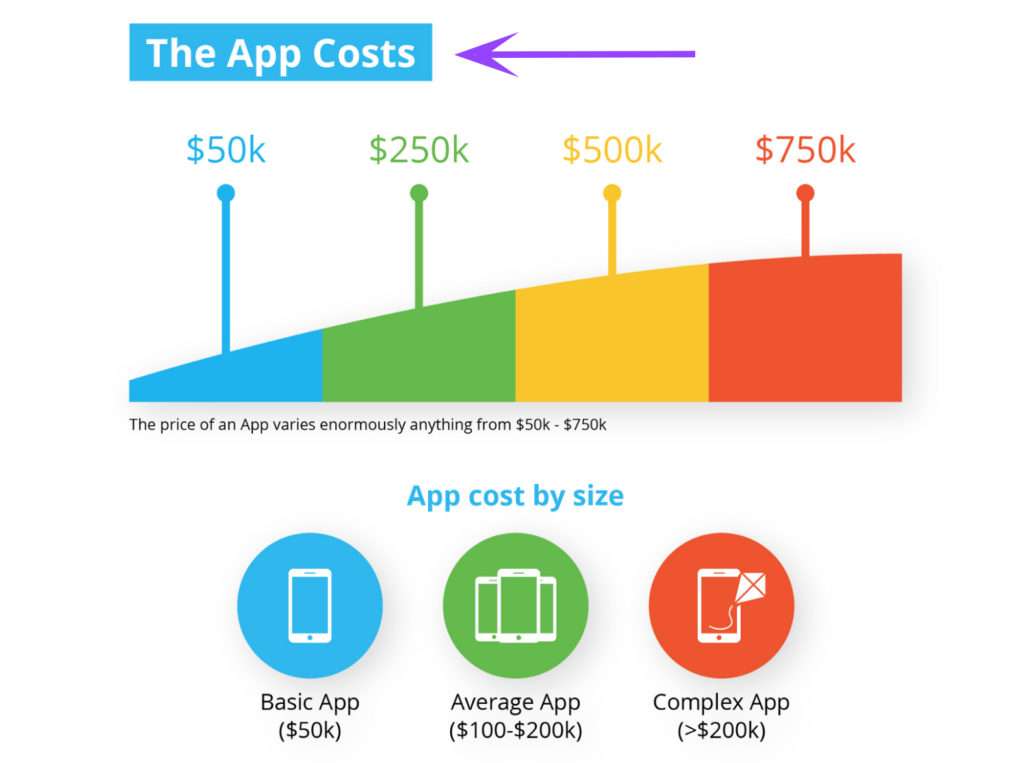
2.3 Faster Development Time
As mentioned in the previous section about reduced costs, cross-platform app development is cheaper because it takes a lot less time than if you were to have your developers code for each specific platform.
Not only will you save money, but you’ll get your app released much quicker.
2.4 Easy Maintenance
Working with one codebase means easier maintenance.
When you release new updates to your app, fix bugs, or make any other code updates, you’ll only need to update your single codebase.
When working with multiple codebases for native app development, it’ll take much longer to make even the most basic maintenance updates.
PRO TIP:
When you make updates using a cross platform framework, it’ll be reflected across all platforms.
Now that you’re more familiar with the concept of cross platform frameworks, let’s highlight a few popular ones.
3.1 React Native
Created in 2015 by Facebook, React Native is an open source native development framework written in JavaScript.
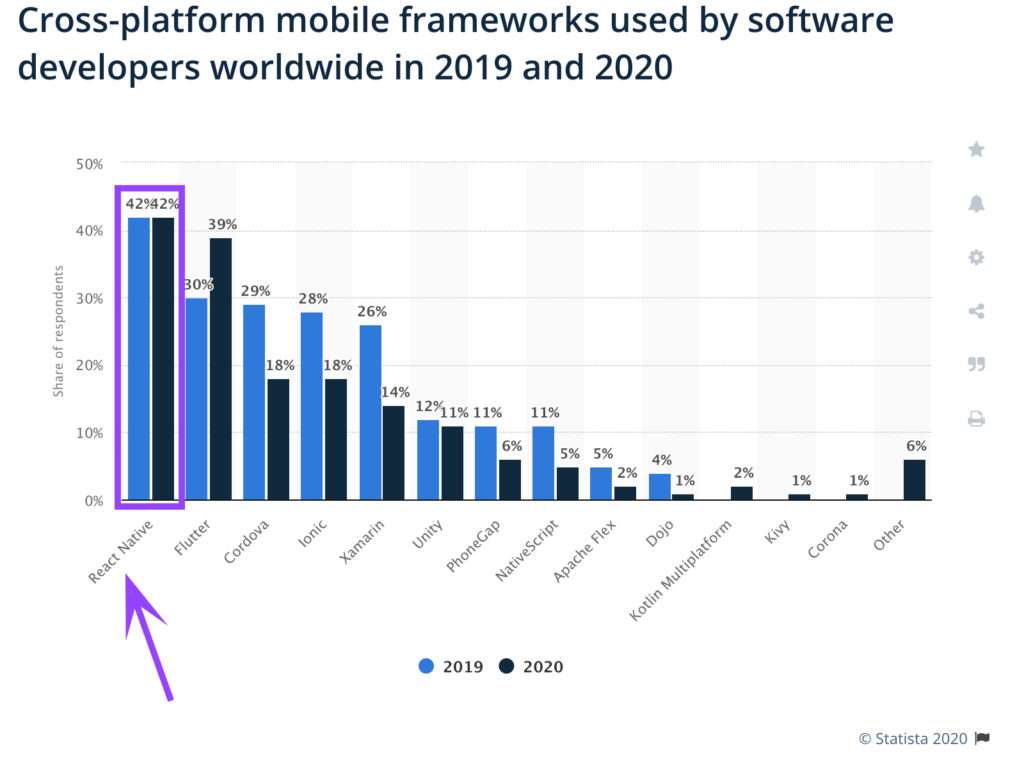
It gives a native-like feel to mobile apps and works on both iOS and Android.
Developers can write components in Swift, Objective C, or Java programming languages.
Since it’s open source, there’s a large community to support it and improve it through bug fixes and new features.
Highlights
- Has pre-made components
- Has a large community supporting and updating it
- Open source
- Easily accessible to native functionalities
- You can easily implement native UI components
- Compatible with third-party plugins, like Google Maps
- Has hot reloading
Here is hot reloading in action:
3.2 Flutter
Flutter is a cross platform framework created by Google in 2017 that uses the Dart programming language.
It offers native-like performance and expressive UI.
Flutter can run apps on iOS, Android, and Google Fuchsia (which is another app development platform from Google).
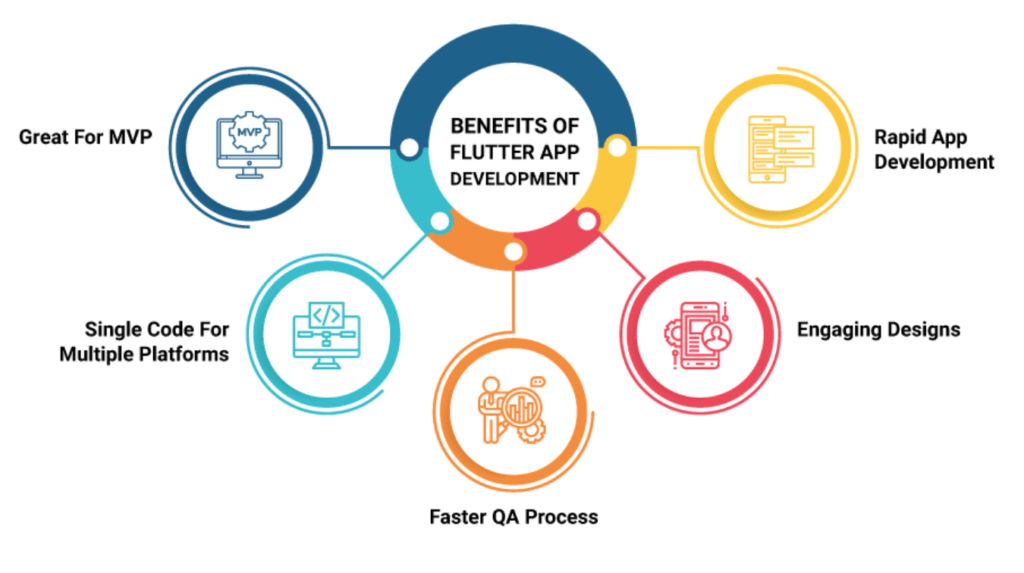
Highlights
- Uses Dart (supports AOT and JIT compilation)
- Open source
- Has a smooth development cycle
- Offers UI kits for just about anything
- Has hot reloading
3.3 Ionic
Ionic is another widely popular open source cross platform framework and is licensed by MIT.
Ionic uses languages like JavaScript, HTML5, and CSS while also supporting development with React, Vue, and even Angular.
It also uses simple, declarative UI components, making it easy to create modern-looking apps for both iOS and Android.
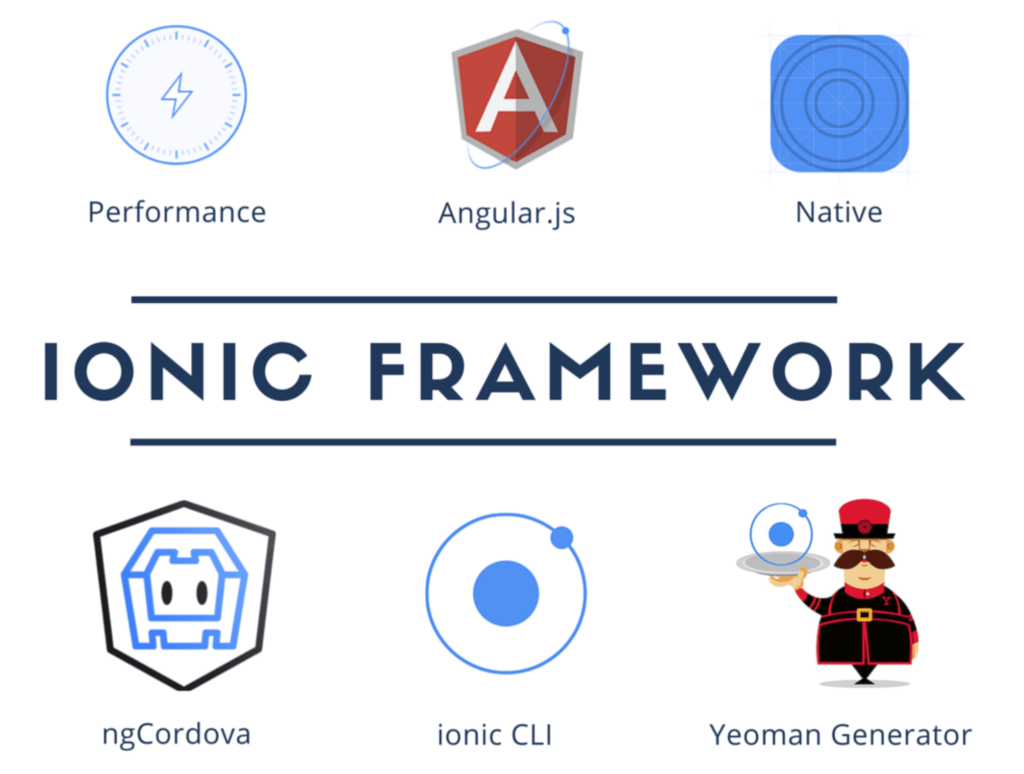
Highlights
- Considered to be more developer-friendly
- Open source
- Has a large community
- High-quality UI
- Large library of tools and components
3.4 Node.js
Node.js is an open source JavaScript runtime built on Chrome’s V8 JavaScript engine (which is written using C++).
It’s a popular option due to its scalability and server-side development support, among other factors.
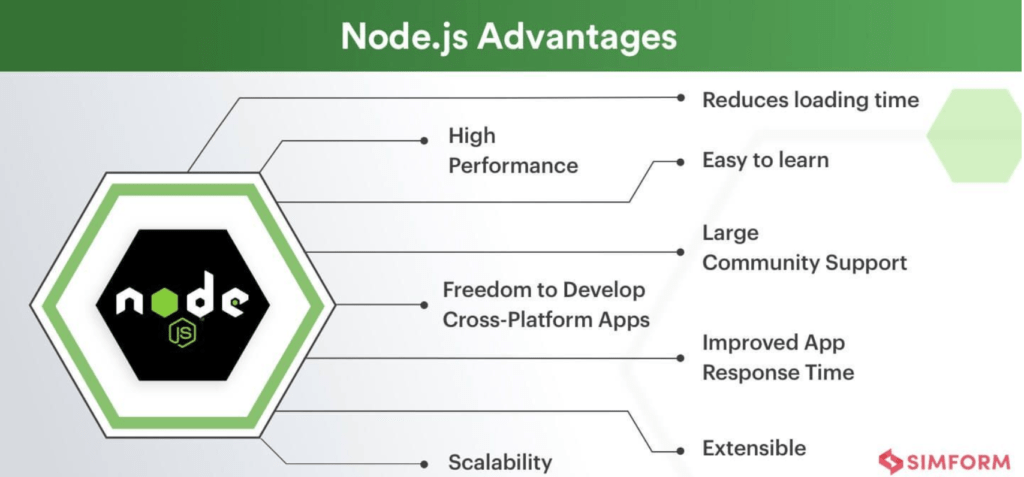
Highlights
- It’s APIs are asynchronous (non-blocking)
- Open source
- Large built-in library
- Fast execution time
In this “Hello World” code snippet below, you can see several connections handled concurrently.
3.5 Xamarin
Xamarin is a Microsoft-owned open source cross platform framework launched in 2011.
Like other platforms on this list, Xamarin works with a single codebase that runs for native platforms iOS and Android.
It uses the C# language and also has a strong support community of contributors who are always improving the platform.
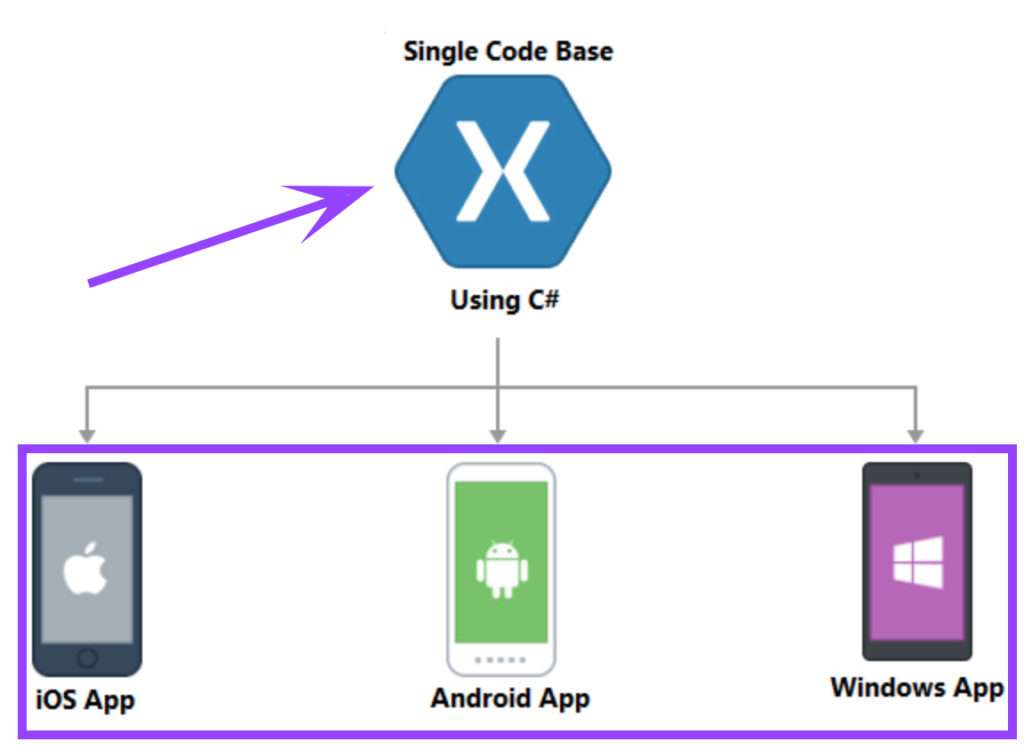
Photo Credit: http://bsubramanyamraju.blogspot.com/
Highlights
- Strong support community
- Open source
- Has support for the latest libraries, APIs and programming languages
- Provides access to NuGet packages and native APIs
As you can tell by now, there’s simply a wealth of highly stable and high-performing cross platform frameworks for developing a mobile app, but should you use them or stick to native?
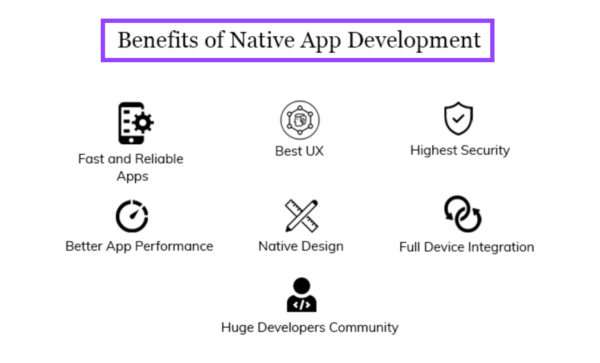
Photo Credit: mobileappdaily.com
Native app development just means that you’re building a mobile app for a single platform.
PRO TIP:
All of the tools and programming languages you use in native development are specific to the platform you choose.
Since we already highlighted a few of the benefits of using a cross platform framework, let’s take a look at what some of the advantages are for sticking with native development so you can decide which is the best solution for you.
4.1 Increased Performance
Since you’re using platform-specific tools, resources, and languages with native development, apps tend to perform better than cross platform.
But this is changing and you’ll actually find that many cross platform frameworks are improving more and more when it comes to stability and performance.
4.2 Better Store Support
Since native apps are more easily published and because of their high-performance and speed, they tend to rank higher in app stores.

4.3 Increased Scalability
Building for the native environment means there’s more flexibility when it comes to the resources and tools you use, and so apps tend to be more scalable.
4.4 More Functionality
You’ll have access to all the tools and APIs offered by the platform you’re working on, which means less limitations than when working with cross platform frameworks.
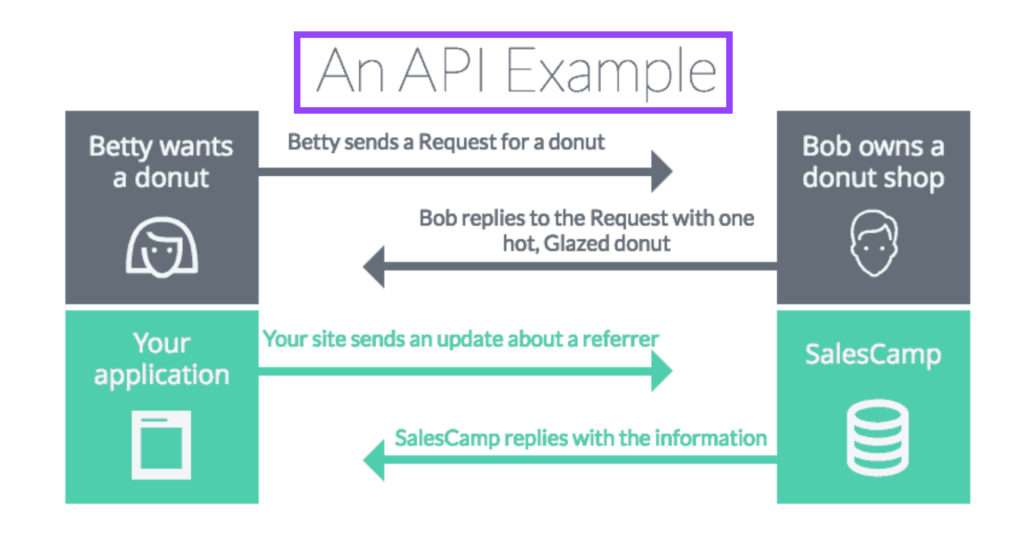
Photo Credit: salescamp.io
4.5 A Clean Codebase
When developing a native app, you have just one clean and single codebase to work on rather than the heavy and overly complicated codebase you’ll find with a lot of cross platform frameworks.
You could say it’s “leaner” and that’s because it’s a codebase that’s built for just one specific operating system.
This also leads to improved usability and a generally more polished-feeling app.
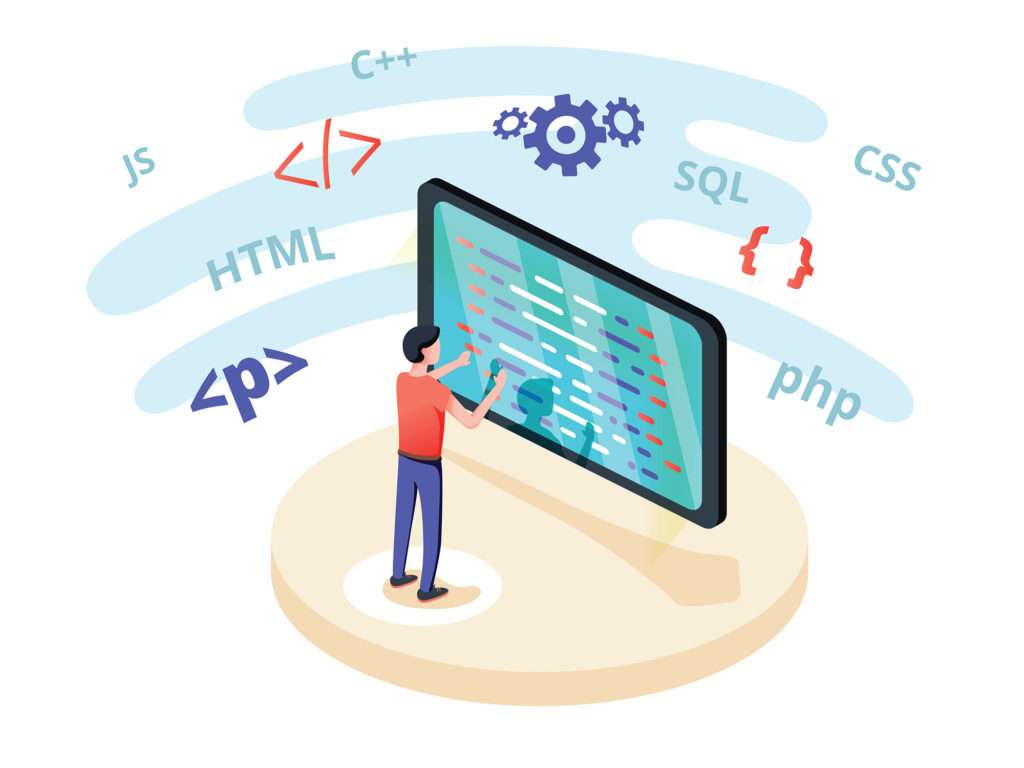
Photo Credit: salescamp.io
4.6 Cons
These are some great benefits, but what about the cons, you may be wondering?
As mentioned earlier when discussing the benefits of using a cross platform framework, developing native apps for more than one platform can be very costly.
It’s expensive because writing code for multiple platforms is very time consuming.
Choosing to develop your mobile app for one platform or multiple platforms is an important decision.
You have to understand first what each platform offers in the global market and whether or not your particular app would benefit from using just one or multiple platforms.
For example, the majority of the market uses Android and iOS. These are the two main platforms.
And there is a ton of data out there about the behavior of people who use iOS versus the behavior of people who use Android.
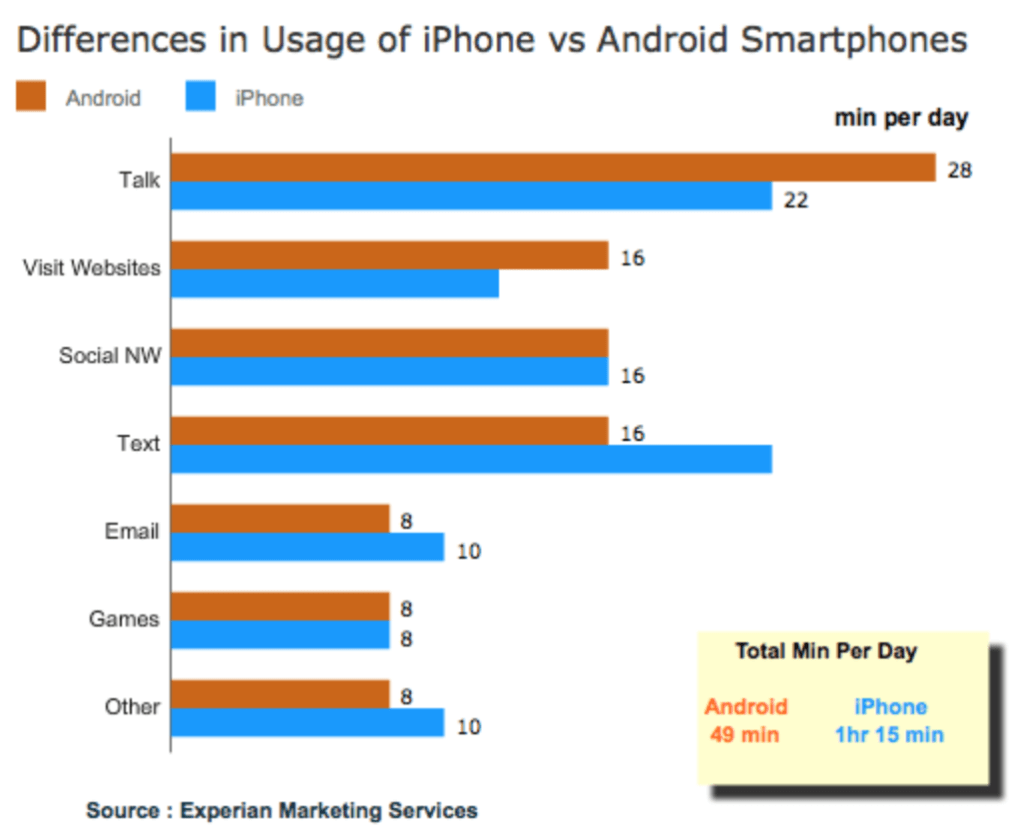
Here are a few interesting facts:
- Android has the largest global platform share, especially in lower income areas and developing nations
- iOS users generally have higher education levels, higher income, more app engagement, and they spend more money per app
- Men are more likely to use iOS than women
- Android users are typically more introverted than iPhone users
- Android users open push notifications more than iOS users
Below is data on the subscriber share held by smartphone operating systems in the US.
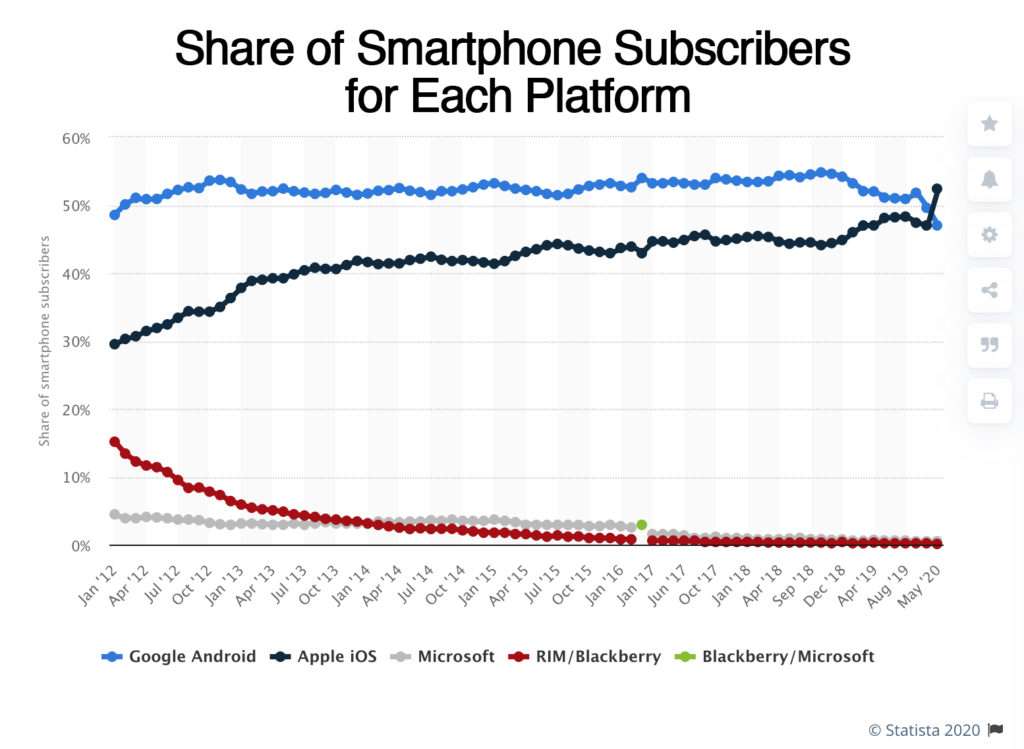
As you can see, it’s incredibly useful to understand the behaviors of the users you want to target on top of understanding what each platform can offer in terms of functionality and capabilities.
In short, your decision on whether to build your app for one platform or multiple depends on many factors that are unique to your target market as well as your app’s functionality.
Just some food for thought!
Cross platform app development frameworks have come a long way over the past few years.
They’re faster, higher performing, and offer a native-like experience—all while running on multiple devices and operating systems.
And, since most of these frameworks are open source, you can save time and money on the development process.
If you’re not sure whether your specific app project can benefit from using a cross-platform framework, our Simple Starter package can help guide you to the best solution with a detailed technical writeup that acts as a blueprint for every stage of your app’s development.
Ready to get started?




